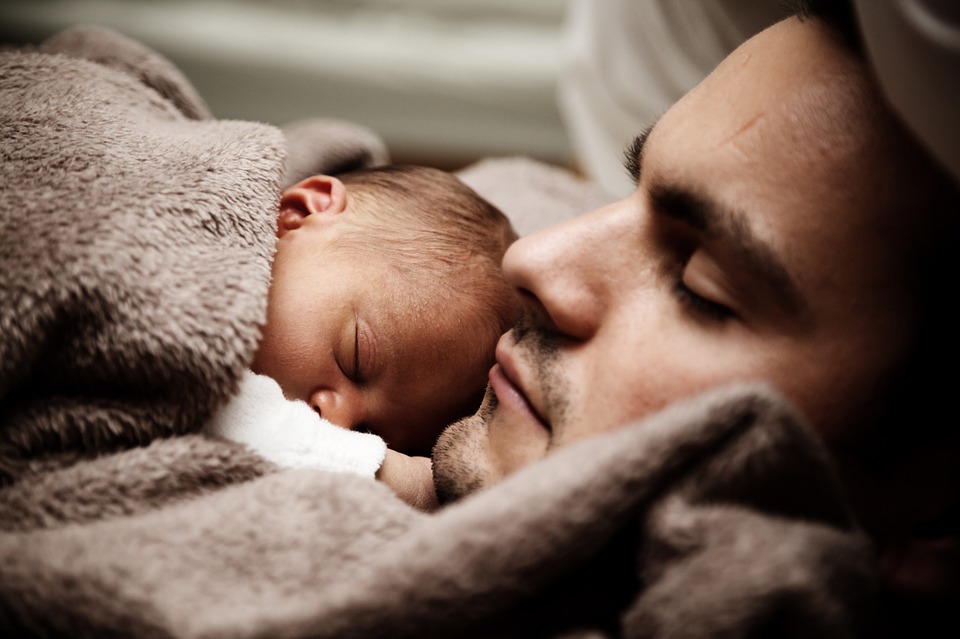What is our biological clock and how does it work?
by Scott Dutfield · 24/06/2019

How biochemical processes keeps you in sync
Our bodies run on an in-built 24-hour clock embedded in a part of the brain called the suprachiasmatic nucleus (SCN). Its 20,000 nerve cells sit in the middle of the brain above the back of the eyes and on top of a structure called the hypothalamus. These are the body’s master timekeepers, setting the rhythm for sleeping, waking, eating, and hormone release.
Even in a test tube, cells from the SCN keep time. They are stuffed with molecules called transcription factors, which change the production levels of other molecules on a 24-hour cycle. The master regulators are known as BMAL and CLOCK. Together, these two molecules activate the production of molecules called periods and cryptochromes. As levels of periods and cryptochromes rise, they feed back to BMAL and CLOCK, switching production off again. This causes the amount of these molecules to go up and down in cycles, forming the basis for a precise timekeeper.
Like any clock, the SCN can run fast or slow, so the time is reset, or entrained, every day by daylight. This is done by light-sensitive cells in the back of the eye known as intrinsically photosensitive retinal ganglion cells. They don’t produce images when they detect light: instead they send signals to the SCN via a bundle of nerve tissue called the retinohypothalamic tract, syncing the master clock, which in turn messages the rest of the body about the time.
Your body around the clock
Internal timekeepers change the way our bodies behave throughout the day
Morning light enters the eye, sending a signal to the SCN to reset the circadian clock. Temperature and blood pressure soon rise.
The SCN sends signals to the pineal gland telling it to stop producing the sleep hormone, melatonin
During the night, stomach emptying slows down, but when you wake up bowel movement restarts.
Body temperature continues to rise after waking, and people tend to do their best thinking mid to late morning.
Sleepiness can set in during the early afternoon after lunch, but this is also reportedly the best time for coordinated physical activity.
Blood pressure follows the so-called ‘dipper’ pattern, rising during the day and dropping again at night.
Fluctuations in temperature set by the SCN help to keep the rest of the clock in sync. By the evening, body temperature is at its highest.
Release of the sleep hormone begins as darkness falls, continuing through the night until sunrise.
This article was originally published in How It Works issue 103, written by Laura Mears
For more science and technology articles, pick up the latest copy of How It Works from all good retailers or from our website now. If you have a tablet or smartphone, you can also download the digital version onto your iOS or Android device. To make sure you never miss an issue of How It Works magazine, subscribe today!




